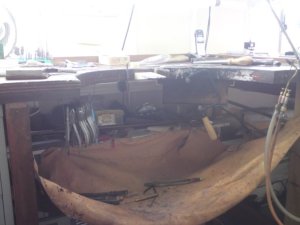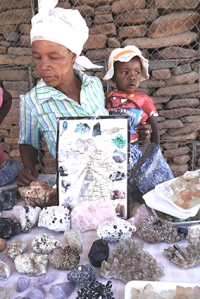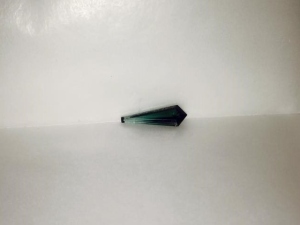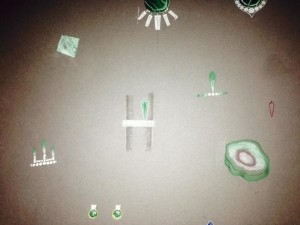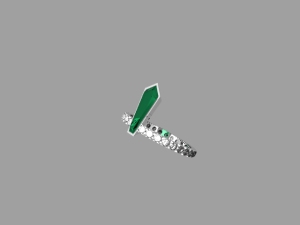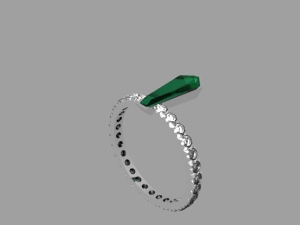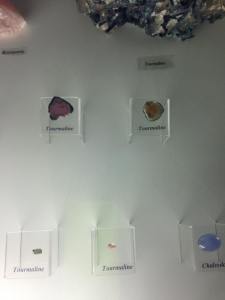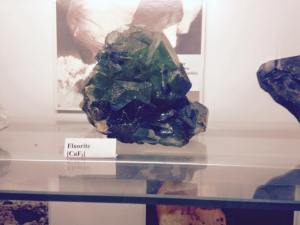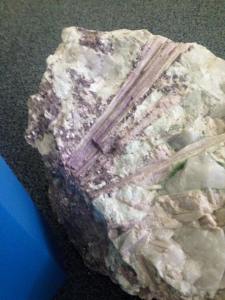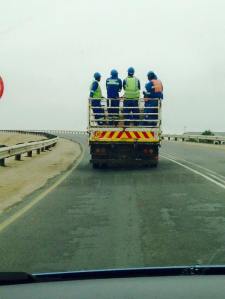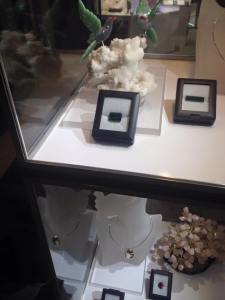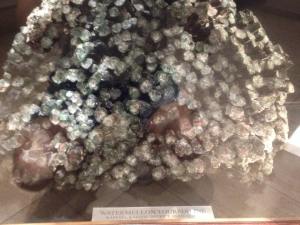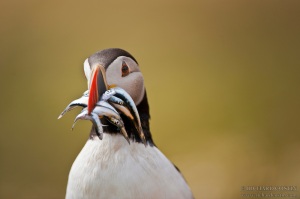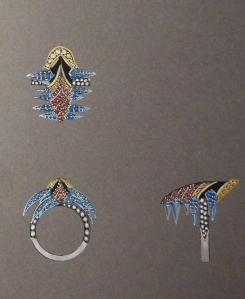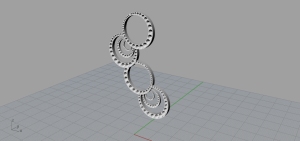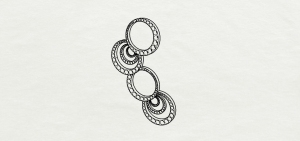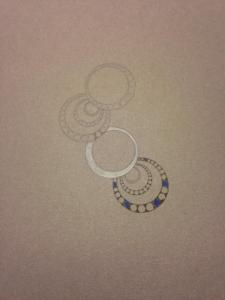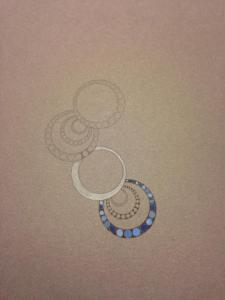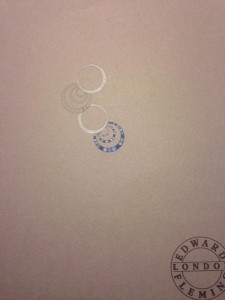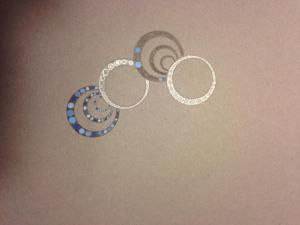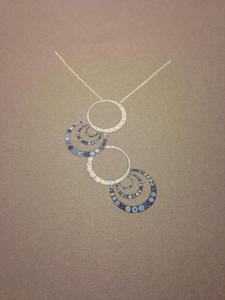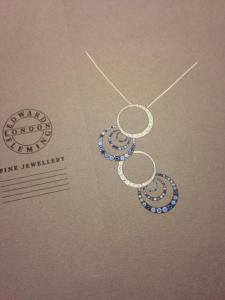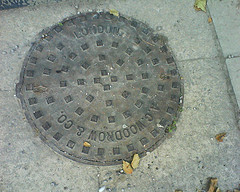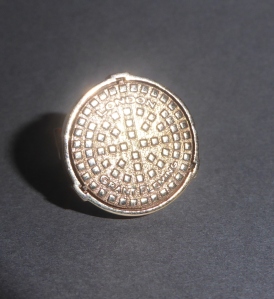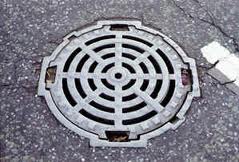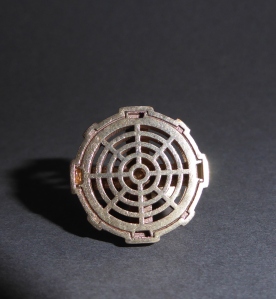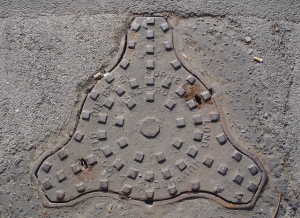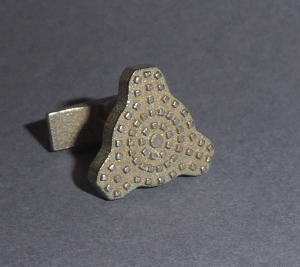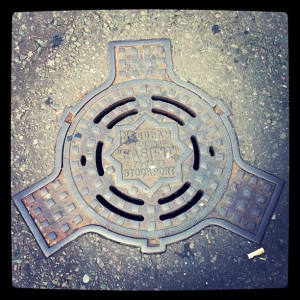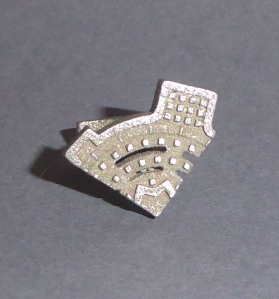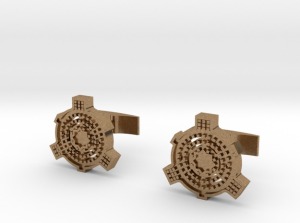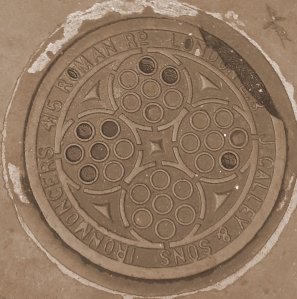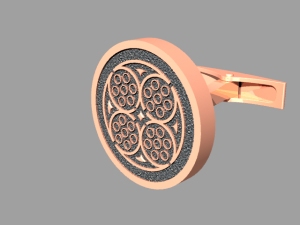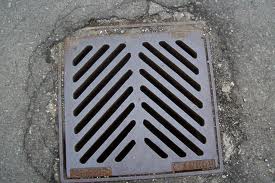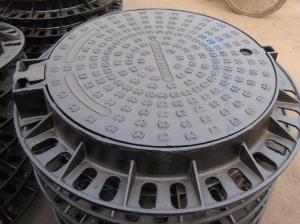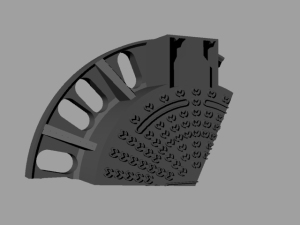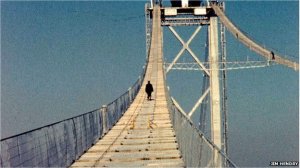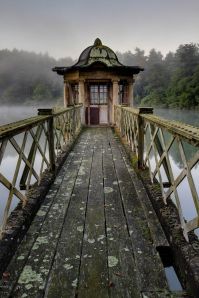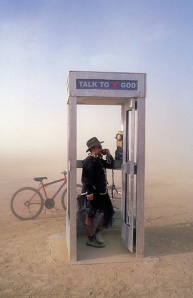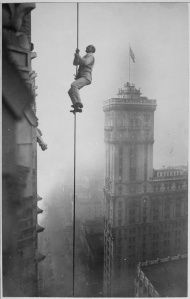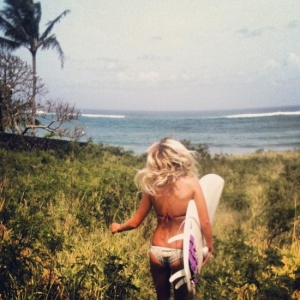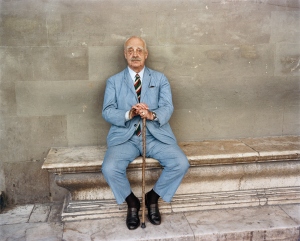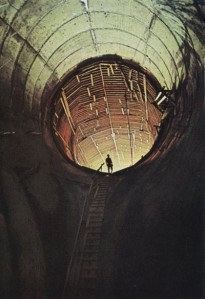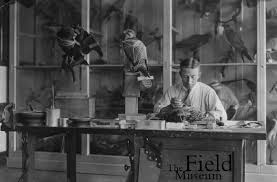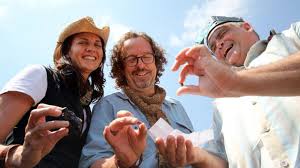
If you’ve ever come across ‘Gem hunters’ or ‘Game of stones’ on the Travel or Discovery channel then you have some sort of idea how precious and semi-precious stones are bought and sold. Seeking high quality deposits of desirable minerals, in often remote or hostile locations is the name of the game.
of desirable minerals, in often remote or hostile locations is the name of the game.
The highest margins are in finding good quality ‘rough’ material and then getting it cut and polished to create rare and beautiful faceted stones for either a collector or the jewellery trade.
trade.
For some its a full time job, making several trips a year and racking up some serious air miles, making use of long established, trusted contacts.
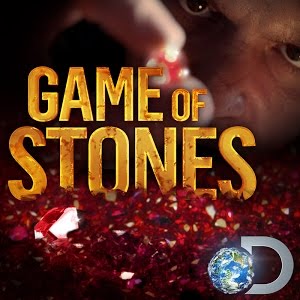
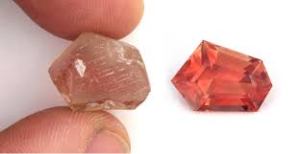

But how do you get started? Is it sensible to jet off to a foreign land and proclaim to the world you have money to spend on precious stones? Of course not, but you have to find out where the stones are and who’s selling them.
I’ve been in the Jewellery trade for almost 10 years, leaving school at 16 to work in workshops in London’s Hatton Garden and I recently went on my first ‘gem hunting’ trip to Namibia in southern Africa.
trade for almost 10 years, leaving school at 16 to work in workshops in London’s Hatton Garden and I recently went on my first ‘gem hunting’ trip to Namibia in southern Africa.
Namibia is maybe most famous for producing some of the worlds finest gem quality diamonds, but it also has a host of other minerals and semi-precious stones. I decided to focus on Green Tourmaline and Fluorite for this trip.
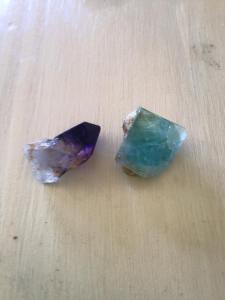
Also found in the country is Aquamarine, although the colour is rarely as good as those found in Brazil. There is also topaz, malachite, most varieties of quartz and some other stones.

The country’s diamonds are mined by Namdeb, an equal partnership between the Namibian government and De Beers, which has contributed over 6 Million USD to the Namibian treasury since its formation in 1994. Around 20% of Namibia’s landmass is owned by Namdeb and this forms a restricted area, with its own armed security force. An area which I will certainly NOT be including in my gem hunting trip.
There are many reasons why I decided to make Namibia my first gem hunting destination. The presence of high quality material and an established gem trade was one major factor, but there are many other reasons. Safety and good governance are also important. Although not perfect, Namibia has been largely peaceful since independence from South Africa in 1990 and has had free and fair elections, meaning the diamond and gem trade is well regulated and conflict free. ( For a brief history and my social commentary of modern day Namibia, click here)
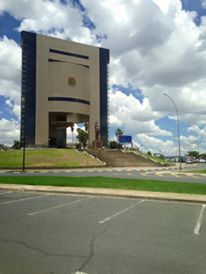
I’m a firm believer that the jewellery trade needs to take the lead in making sure the products we offer to the public are not just well made and designed, but that they are responsibly sourced and that everyone involved from the mine to the shop, benefits. Non of us can change the past but in places like Namibia the gem industry is benefiting the economy and the country as a whole, small scale mining operations have a minimal effect on the environment and there are no armed disputes. It’s not perfect, but by going and seeing for yourself, making informed decisions about where and who you source your materials from, you can satisfy whatever appetite you have for creating ethically sound jewellery.
I started my ‘Gem hunt’ in the capitol Windhoek, home to some very well established gemstone traders and jewellers. The idea of the trip is to get as close to the source as possible, but shops and dealers are a fantastic source of information. Some more so than others, of course, not everyone is keen to keen to divulge key information about source locations, but many are keen to chat and were enthusiastic and friendly.
One well established and particularly friendly shop, with a great array of stones is the House of Gems of Werner-List street. Full of minerals, slices, tumbled stones, cabochons and faceted stones, I asked lots of questions and bought an interesting kite shaped tourmaline, as well as some other smaller stones. Sometimes when it comes to stones, if you see one you like, that you may never see the like of again, it can still be worth buying from a dealer rather than rough from the mines and having it cut. As a designer and maker I immediately had an idea for what I was going to do with the stone and took advantage of some down time to do some sketches, paintings and make a 3D model.
I also visited other jewellers around the city, trying to get a feel for pricing as well as the type of stones that were available. Most seemed to concentrate on stones found in Namibia, although I was also able to see Emeralds from Zambia, Tanzinite and Tsavourites from Kenya. Qualities, sizes and prices of stones seemed to vary a lot from shop to shop, all were less than a ‘retail’ price you would find at home, although not by much.
Another key source of information was the Ministry of mines and energy, located next to Eros airport, just South of the city. The MME caters for all kinds of mining in the country and is friendly and accessible to people looking for information, with an informative exhibition on the ground floor. The MME is responsible for issuing miners with permits and for anyone wishing to export rough material out of the country, with a license.
After a few days in Windhoek I left for Swakopmund, a coastal town in the gem rich Erongo region and Namibia’s 4th biggest town with a population of just under 45,000. The drive from Windhoek to ‘Swakop’ is something of a tour through the Erongo regions gem center’s and the scenery is fantastic. It’s no wonder that every second traveller you seem to meet in Namibia is a photographer.
On the way you pass through Karabib, the location of some of Namibia’s best Tourmaline finds and the ‘ Karabib Gemstone Centre an ongoing project by the Ministry of Trade and industry to train local people in the art of stone cutting. Later in my trip I will visit the gemstone centre and spend more time ( & money) in the town.
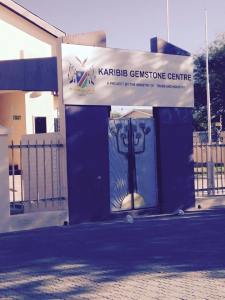
The journey also provides an encounter with one of the differences between Africa and the UK, taxis are generally shared and buses leave when they’re full. The Roads in Namibia are notoriously dangerous and in the case of the journey to Swakop that can only be put down to bad driving as the single lane highway is entirely paved and well maintained. An encounter towards the end of our trip gives a stark example of this.
Also en route are Okahandja, home to ‘Namgem diamond manufacturing company’, Usakos and the Spitzkoppe Gem market as well as numerous signposts to various mines, mostly I am told, Marble and Uranium mines.
Arriving in Swakop and having a look round some shops it’s clear straight away that your closer to the source and gemstones play a bigger part in the local economy than they do in the capitol. For a town of this size there are a high number or Jewellers and specialist gemstone shops with mineral samples and a good collection of loose, faceted stones. A couple of shops even had cutting facilities, cutters on site and rudimentary mining tools for sale. Information was a little harder to come by in Swakop and some shop owners were defiantly wise to what I was doing.
One large shop, masquerading as a museum and charging N$20 for entry is the ‘Kristall Galerie’ home to the Largest Quartz Crystal cluster on display in the world and, it must be said, some impressive examples of all of the gemstones found in Namibia.
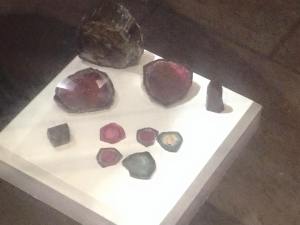
By way of an exhibition, there is a cave like walkway, narrow and dimly lit with what I assume are imitation Quartz crystal clusters, dotted about to simulate the conditions in which these stones are found. After that there are 4 shops as well as a jewellery making and stone cutting workshop, that were, at the time of my visit, under renovation.
A little short on the ground was written and photographic information about the history of mining and prospecting in Namibia. Maybe that because this is just a glorified shop, not a museum, or because some aspects of the past and colonial rule are somewhat unpalatable, but I feel this is something this place is lacking and would go some way to justifying the entrance fee.
You are welcome to take photos of the exhibits in the forecourt, however they’re not keen on you taking photos of the stones in the shops, as I found out. Again though this proved a useful place to get information about pricing and the types of stones available, I was able to ask about price per carats for all the stones and mining locations.
As nice as the Kristall Gallerie and other shops in Swakop were I was no further to finding any dealers, or better, miners with stones. Next stop was the tourist market by the beach, a far more local experience and much more fruitful. Among the many ‘shops’ with wood and stone carvings were a few with ‘stones’ mostly mineral samples of Quartz, some aquamarine and black tourmaline.
Its not hard to get chatting to these guys and when I told them what I was after it seemed to mobilize everyone in the market. No more stones appeared but I was busy giving my number to people and making ‘appointments’ for the next morning.
Everyone knew a bit about stones and seemed to know someone, often family members involved in mining and gems. A couple of hangers on, not stall holders, claimed to know someone locally with good quality stones. They just needed money for a taxi and they would bring them for me to look at. As tempting as this was, I declined. As I was to find out the next morning, this is a common theme but not always a scam.
